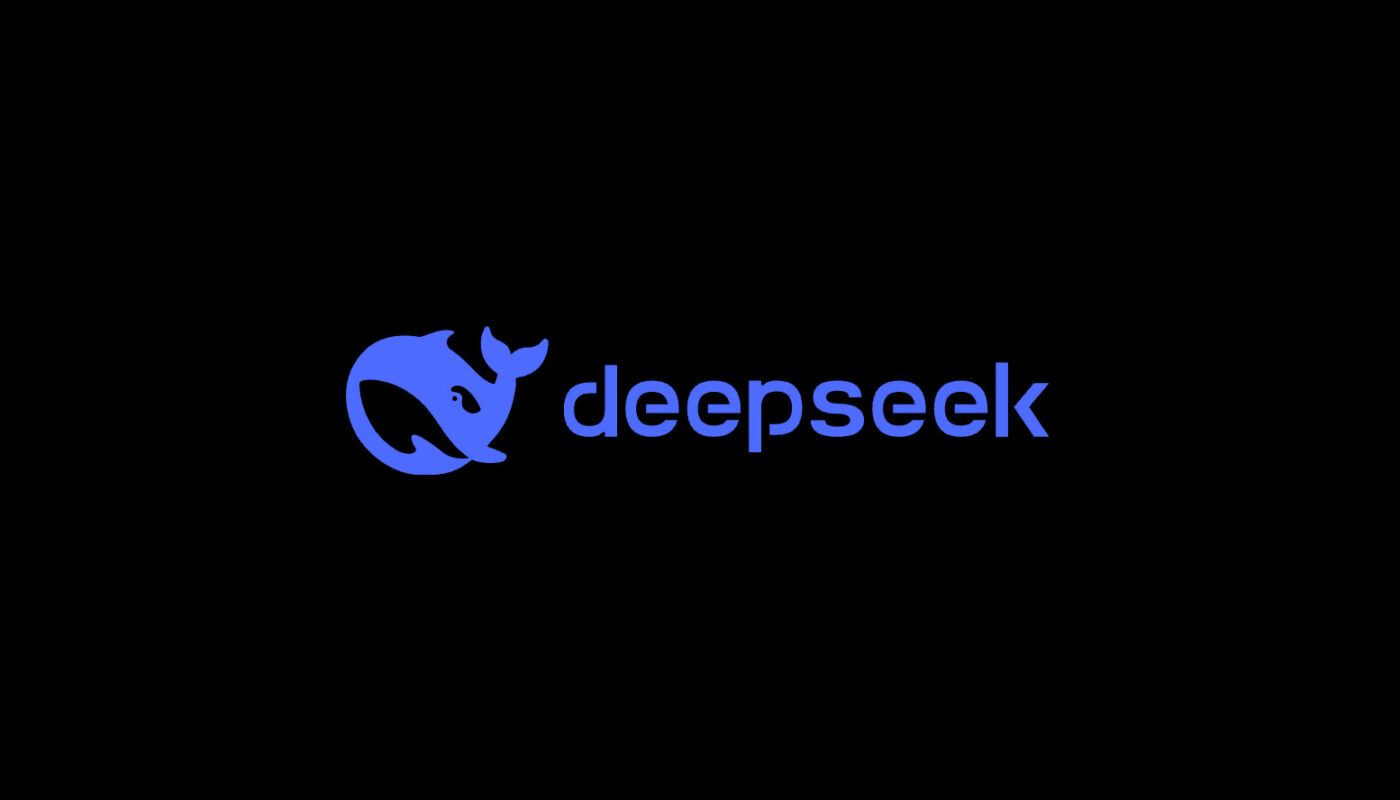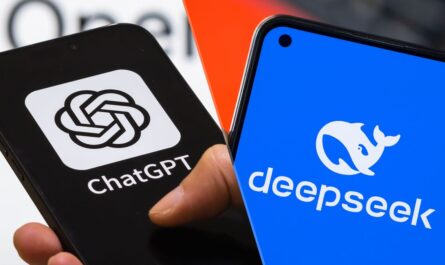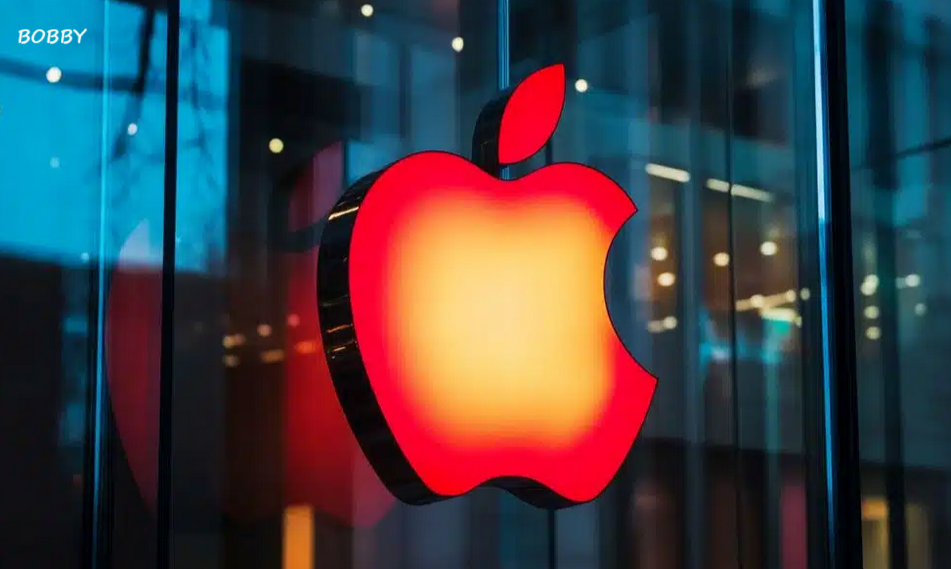The artificial intelligence landscape is undergoing a dramatic shift. For years, the prevailing belief has been that developing state-of-the-art large language models (LLMs) requires massive financial and technical resources. This mindset is a driving force behind President Donald Trump’s $500 billion Stargate Project, backed by the U.S. government to maintain American dominance in AI.
However, this assumption has been upended by DeepSeek, a Chinese AI development company that recently released its R1 LLM at a fraction of the cost of comparable models. Adding to the surprise, DeepSeek has made its R1 models available under an open-source license, allowing developers worldwide to explore and utilize its AI capabilities freely.
The Rise of DeepSeek
DeepSeek first gained global attention on January 20, 2025, with the release of its R1 AI assistant. Available as a mobile app, this chatbot quickly surpassed OpenAI’s ChatGPT on the Apple App Store, becoming the top-ranked app within days.
The rapid adoption of DeepSeek triggered a market shakeup, with investors questioning the valuations of major U.S.-based AI companies. On January 27, 2025, tech stocks including Nvidia, Microsoft, Meta Platforms, Oracle, and Broadcom experienced significant declines as the market reevaluated the financial implications of DeepSeek’s growth and affordability.
DeepSeek: Company Overview
Based in Hangzhou, China, DeepSeek was founded in May 2023 by Liang Wenfeng, a Zhejiang University alumnus. Wenfeng is also a co-founder of High-Flyer, a Chinese quantitative hedge fund that owns DeepSeek. Operating as a stand-alone AI research lab under High-Flyer, DeepSeek has focused on creating open-source large language models to challenge the monopoly of Western AI giants.
Despite multiple AI model iterations since its founding, DeepSeek gained international recognition only after the launch of its R1 reasoning model in January 2025. The company now provides mobile apps, web interfaces, and API access for its LLMs, making AI widely accessible to developers and businesses alike.
DeepSeek vs. OpenAI
DeepSeek directly challenges OpenAI, the industry leader that popularized LLMs with the release of ChatGPT in 2022. While both companies focus on generative AI, their approaches differ:
-
OpenAI relies heavily on massive investments, cutting-edge hardware, and proprietary algorithms to develop its models.
-
DeepSeek prioritizes efficiency, open-source collaboration, and cost-effective training, enabling comparable performance at a fraction of the cost.
This difference has significant implications for the global AI industry, suggesting that affordable AI innovation is not only possible but may reshape market dynamics.
DeepSeek’s Training Innovations
DeepSeek’s R1 model incorporates several technical innovations that optimize reasoning and efficiency:
-
Reinforcement Learning (RL): R1 emphasizes reasoning tasks through large-scale RL, allowing the model to improve performance by learning from trial and error.
-
Reward Engineering: The team designed a rule-based reward system that outperforms traditional neural reward models, guiding the AI’s learning process more effectively.
-
Distillation: Knowledge transfer strategies allowed DeepSeek to condense AI capabilities into models with as few as 1.5 billion parameters, reducing training costs.
-
Emergent Activity: DeepSeek discovered that complex reasoning patterns can emerge spontaneously through reinforcement learning without explicit programming, marking a breakthrough in AI behavior modeling.
These innovations allow DeepSeek to maintain high performance while reducing computational expenses — a significant achievement in the AI sector.
DeepSeek’s Model Evolution
Since its inception in 2023, DeepSeek has launched multiple generative AI models, each improving upon the last:
-
Coder DeepSeek (Nov 2023): The company’s first open-source model focused on coding tasks.
-
DeepSeek LLM (Dec 2023): General-purpose AI model for broad applications.
-
DeepSeek-V2 (May 2024): Enhanced performance with reduced training costs.
-
DeepSeek-Coder-V2 (July 2024): A 236-billion-parameter model designed for complex coding tasks with a 128,000-token context window.
-
DeepSeek-V3 (Dec 2024): Mixture-of-experts architecture with 671 billion parameters and 128,000-token context length.
-
DeepSeek-R1 (Jan 2025): Advanced reasoning model directly competing with OpenAI’s O1, maintaining high performance at lower costs.
-
Janus-Pro-7B (Jan 2025): A vision model capable of understanding and generating images.
These releases demonstrate DeepSeek’s rapid innovation cycle, making cutting-edge AI accessible to a wider audience.
DeepSeek Cyberattack
The platform faced a major cyberattack on January 27, 2025, coinciding with its AI assistant topping the App Store charts. The company temporarily restricted new user registrations but maintained service for existing users until the issue was resolved on January 28.
Although the exact nature of the attack remains unclear, it highlights the growing security risks facing AI platforms, especially those experiencing rapid adoption. Despite these challenges, DeepSeek’s resilience demonstrates its operational maturity.
Implications for the AI Industry
DeepSeek’s emergence has several far-reaching implications:
-
Cost Disruption: DeepSeek challenges the narrative that cutting-edge AI requires billions in investment. Efficient development strategies and open-source collaboration may democratize AI innovation.
-
Market Repercussions: The launch triggered declines in major tech stocks, signaling that investors are reevaluating the value of high-cost AI ventures.
-
Open Source Advantage: By making its models publicly available, DeepSeek encourages global collaboration, accelerating research and development in AI.
-
Geopolitical Impact: DeepSeek demonstrates that innovation can flourish even under export restrictions and sanctions, suggesting new dynamics in the U.S.-China AI competition.
-
Security Awareness: The cyberattack underlines the importance of robust cybersecurity measures for AI companies experiencing explosive growth.
The Bottom Line
DeepSeek R1 is more than just another chatbot — it represents a paradigm shift in AI development. By delivering high-performance LLMs at a fraction of the traditional cost and embracing open-source collaboration, DeepSeek is reshaping the landscape of generative AI.
For investors, developers, and AI enthusiasts, DeepSeek serves as a reminder that innovation is not solely dictated by funding. With efficiency, creativity, and openness, smaller companies can challenge industry giants, opening the door to a more inclusive and democratized AI ecosystem.
As the AI industry continues to evolve, DeepSeek’s success signals that the future of artificial intelligence may belong to those who combine ingenuity, accessibility, and resilience — rather than sheer financial power.




